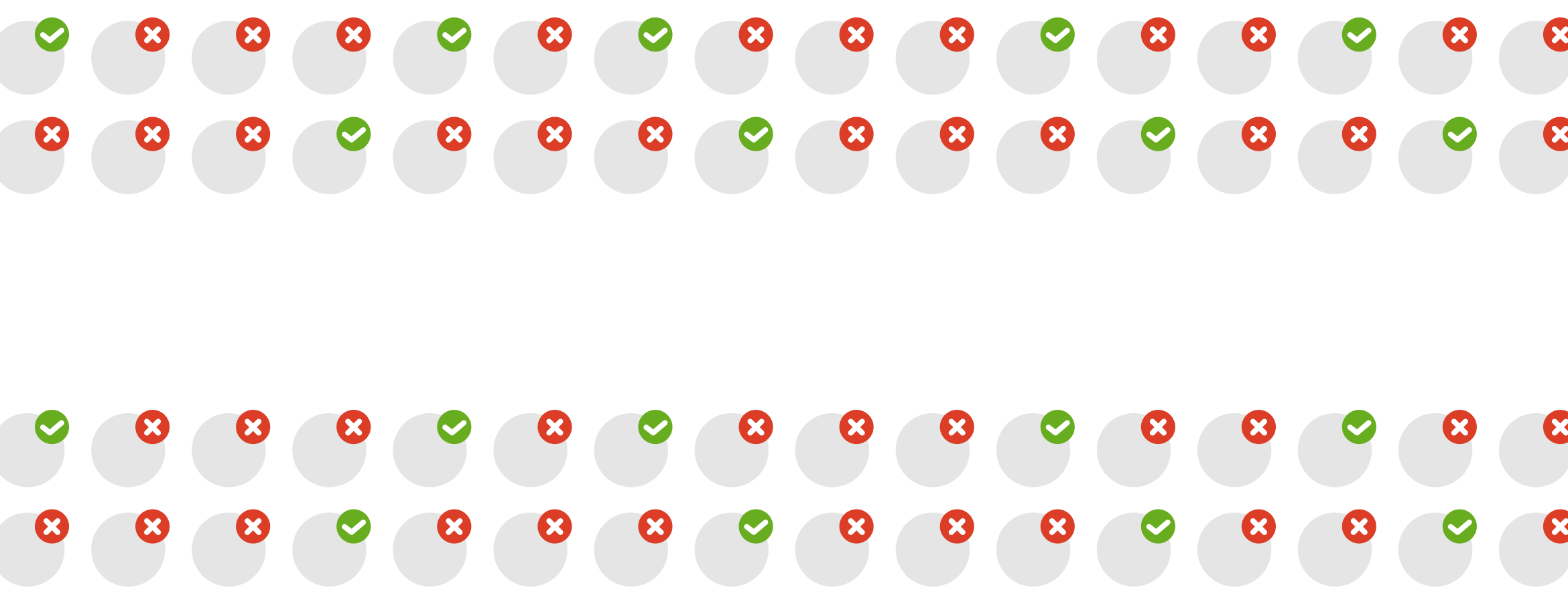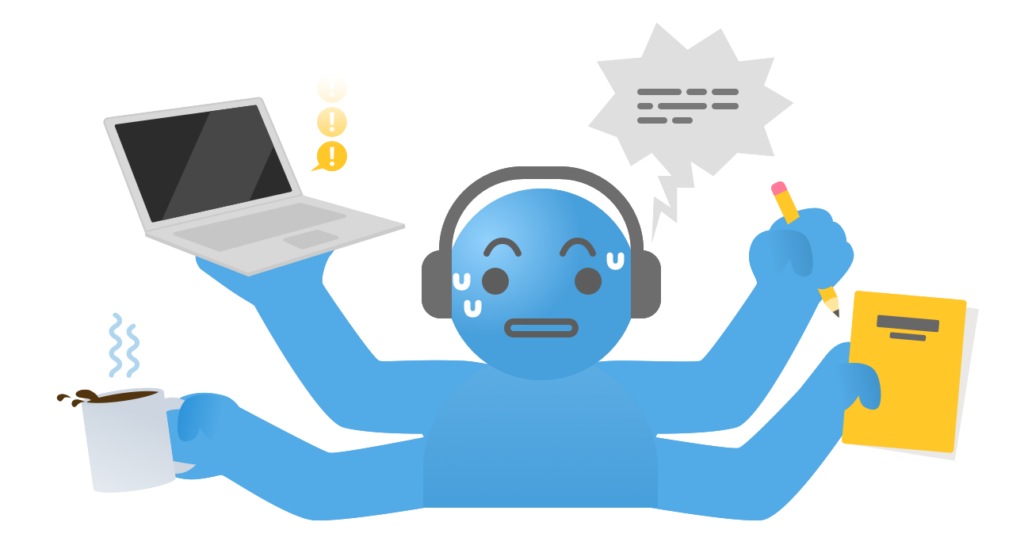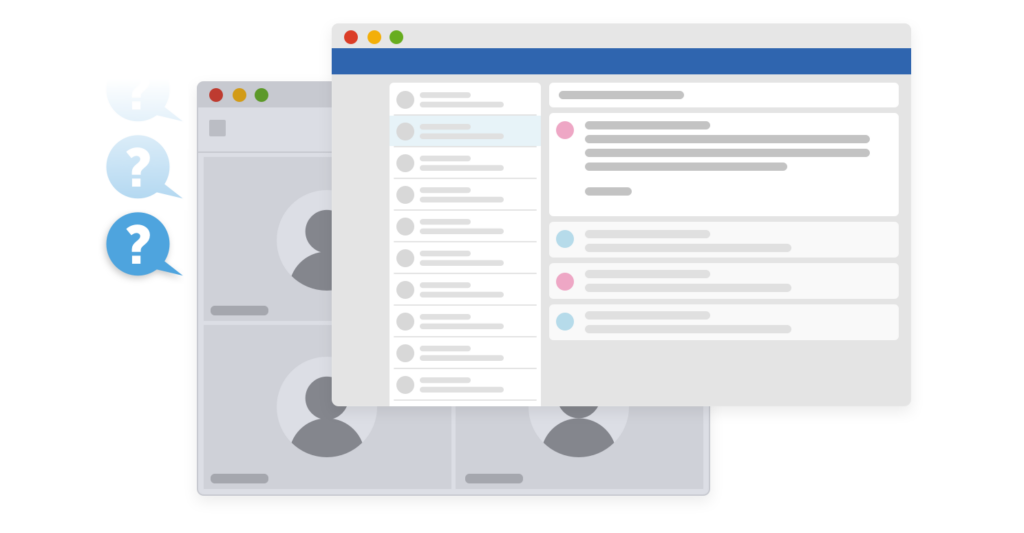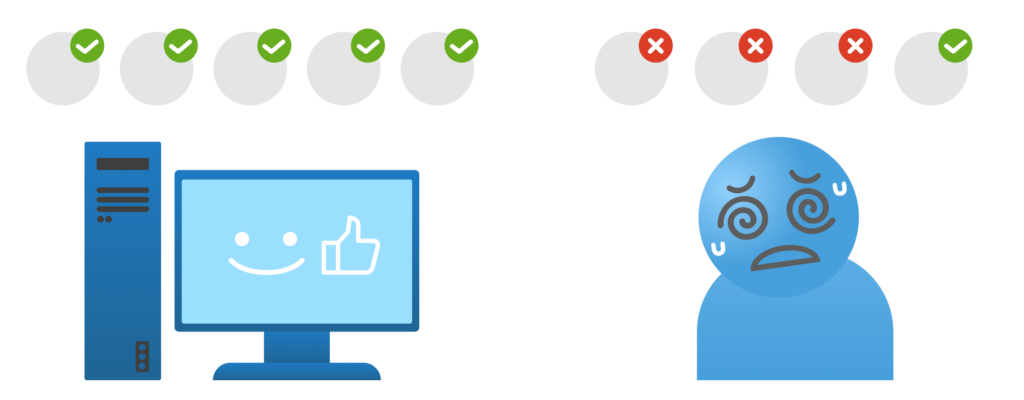Multitasking: A time-waster in disguise
Who amongst us has said, “Oh, I’m just reading this email quickly, but keep talking, I’m listening,” or “I actually get more done when I’m working on a few different things simultaneously?” If you read that question and didn’t raise your hand, I need to respectfully ask you to think about your answer again – and do so honestly!
Multitasking in the workplace seems like the perfect way to get everything done when time is at a premium and to-do lists are as long as a receipt from a chain pharmacy. But is multitasking actually productive? And are humans wired to naturally balance working on multiple tasks at the same time?
Let’s take a look at how trying to do more in less time can actually have the opposite of its intended impact in the workplace.
Laser Focus
In a previous blog post, we shared our team’s adoption of Focus Fridays at the start of this calendar year. If you need a refresher, that initiative meant our team would effort to hold their meetings from Monday through Thursday each week, leaving Friday largely available for individuals to focus on producing content or making headway on client and internal projects.
The goal was to give our team members dedicated and uninterrupted time to focus, without needing to worry about how long they had before their next Teams meeting or bouncing from one topic to the next without actually having the chance to give proper attention to any of them.
The concept of Focus Fridays got me thinking more about multitasking and how difficult it can be for our brains to actively process so many different topics at work at the same time (and that’s not even taking into account the non-work topics that are undoubtedly and unavoidably running through our minds all day, too!).
While you may think you’re doubly efficient by doing two things at once, you’re actually just devoting – at best – 50% of your attention to each task.
Basic math tells us it simply isn’t possible to give 100% to multiple tasks at the same time.
For most of us, trying to split our focus between multiple tasks at the same time can produce similar results to brushing your teeth with the wrong hand. Sure, your breath will probably smell minty at the end, giving off the impression to both yourself and others that you’ve done a good job, but are your teeth actually clean?
The same can be said for projects – you may be able to declare it complete, but is there actually quality work behind the checkmark on your to-do list?
Consider how complicated it can be to go from one task to the next and back again. When you switch back, you’ll inevitably need a moment to find where you left off and refresh your memory. Now do that over and over and you’ve wasted a lot of time just getting caught up – and the more time you waste, the less you get done overall.
Focusing on a single task at a time can also lead to fewer mistakes. While sometimes it’s necessary to step away from something – especially if you’ve been head-down in it for a bit – only to come back a bit later with fresh eyes and a clear mind, doing so haphazardly only leaves room for error.
You’re Not Just Hurting Yourself
Upon looking into this topic, I came across an article that Forbes published about multitasking and noted, “Despite understanding the limited nature of time, we often fall into the trap of believing we can outsmart this constraint by doing multiple things at once. This mindset leads us to habitually check emails during meetings or text while listening to a webinar. Ironically, this drive to be productive can detract from our effectiveness and our ability to leave a lasting, positive impression at work.”
I’m certain we can all think of meetings we’ve been in when you could easily tell that others involved were disengaged or actively working on something else. I’m guilty of doing so myself during busier times or under tight deadlines. The drastic increase in virtual meetings over the last half a decade has only made it easier to fall into the trap of distractions.
What we can probably all agree on is that it’s not helpful for anyone involved to be part of a conversation in which some or all in attendance are simultaneously giving attention to something else.
It’s a lose-lose scenario – someone in the meeting who wasn’t focused on the discussion topic is called upon for their insight or opinion, but then they ask to have the topic repeated because, while they thought they were actively – or at least passively – listening, it turns out they don’t actually know what’s happening in that meeting.
Now what if we think about it from a different angle?
You’re collaboratively working with a team on a large project. You have regular meetings and everyone is mostly paying attention during those discussions. But each person is also responsible for their own individual pieces of the project.
If you’ve been bouncing back and forth between responsibilities to get your part done and are rushing to submit something – anything – by the team’s deadline, is the group better for it? Or is it more likely that you’d look back at your work later, see you’ve done the equivalent of bare minimum and realize your final product is of subpar quality?
“Multitasking, as we understand it, is largely a myth. While the concept of doing more in less time seems appealing, the fact remains that only a minuscule 2.5% of the population may possess the rare ability to juggle tasks effectively. The term ‘multitasking’ itself, coined by IBM in the 1960s, was never intended to describe a human capability but was rather a function of computers— machines that do not have the cognitive constraints of humans.” (Forbes)
Mindset Reset
I recently came across excerpts from John Mark Comer’s book The Ruthless Elimination of Hurry. In those excerpts, Comer discusses how many of us experience “hurry sickness,” or a need to constantly try to save time, even without good reason.
This theory also applies when we’re trying to multitask.
How can we create our own mindset shift that allows us to focus on one thing at a time and buy into the idea that we’re collectively better off if we don’t try to split our attention?
There are all sorts of tips and tricks to stop a bad habit, but the reality is that it takes well over a month to create a new one and probably even longer if you’re also trying to cancel out a bad one.
One of the easiest first steps could be to minimize distractions.
Whether the things interfering with your focus seem productive (like replying to a business email during a meeting) or are objectively mindless (like scrolling on a social media platform during part of a conversation you don’t think pertains to you), start putting your phone in your pocket or otherwise out of reach. The mere act of needing to retrieve it should help you transition from relying on that source of distraction.
You can also try muting your phone notifications or temporarily setting your workplace communication platform to “do not disturb.”
Next, try to mindfully schedule your day.
If you see that you have blocks of time available on your calendar, either designate that time to giving your full focus to a bigger project that needs your attention for an extended period of time, or create a to-do list of smaller items and check them off the list one-by-one.
Finally, try taking periodic breaks.
Even though a break means time away from your tasks (and nothing tangible getting accomplished), having a few moments for your mind to reset can actually help your attention span when you return to the task(s) at hand. When you have improved focus, you’ll likely feel less of a pull to try to multitask since you’re in a better position to get everything done with time to spare.
Thanks for your undivided, single-tasked attention.
If you want to dig deeper into the scientific aspect of the myth of multitasking, you can read more here.











